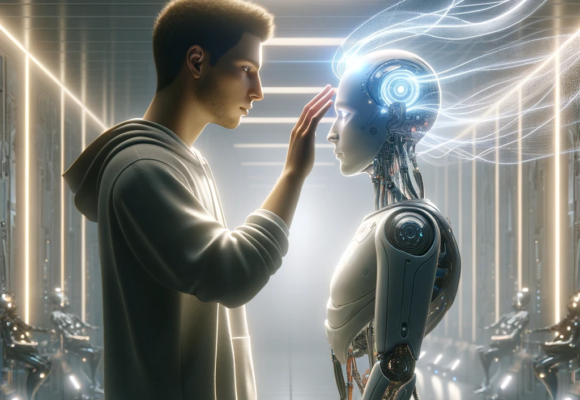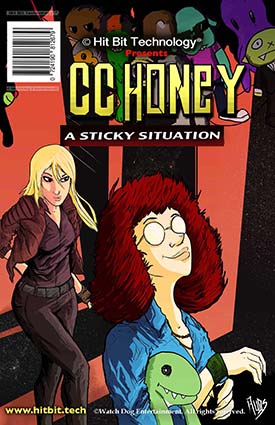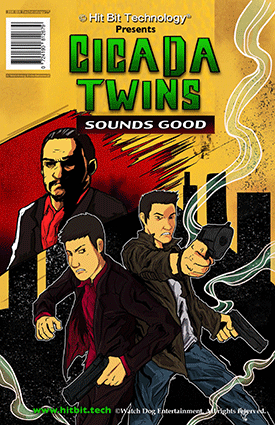Introduction
In the rapidly evolving landscape of technology, the symbiosis between human creative thought and artificial intelligence (AI) models has catalyzed significant advancements in the field. This relationship has not only propelled the development of more sophisticated AI systems but also shaped the trajectory of innovation in unforeseen ways. This article delves into the nuances of this interplay, examining its impact on modern AI models, and delineating the pros and cons of this influential dynamic.
The Impact of Human Creative Thought on AI
Human creativity has been the cornerstone of AI development, influencing its design, functionality, and application. The imaginative capacity of humans has led to the conceptualization and creation of AI models that can mimic cognitive functions such as learning, problem-solving, and even artistic expression. This section explores the multifaceted influence of human creativity on AI.
Pros:
- Innovation and Advancement: Human creative thought has propelled the advancement of AI technologies, leading to innovations such as neural networks and deep learning algorithms. These technologies have enabled AI to process and analyze data in ways that mimic human thought processes, thereby enhancing their capabilities and applications.
- Diverse Applications: Inspired by human ingenuity, AI has found applications across various domains, including healthcare, finance, education, and the arts. This diversity underscores the adaptability and utility of AI systems in addressing complex challenges and tasks.
- Enhanced Human-AI Collaboration: Creative human thought has led to the development of AI systems that can work alongside humans, augmenting human capabilities and facilitating more efficient processes. This collaborative approach has opened new avenues for exploration and productivity.
Cons:
- Ethical and Moral Concerns: The influence of human creativity on AI has also raised ethical and moral questions, particularly regarding autonomy, privacy, and the potential for bias. The creative processes involved in designing AI systems must navigate these concerns to ensure ethical standards are met.
- Dependence and De-skilling: As AI systems become more advanced and capable of performing tasks traditionally done by humans, there is a growing concern about over-reliance on technology and the potential for de-skilling among the workforce.
- Resource Intensity: The development of sophisticated AI models, driven by human creativity, often requires significant computational resources and energy. This resource intensity raises sustainability concerns, particularly in terms of environmental impact.
Conclusion
The interplay between human creative thought and modern artificial intelligence models represents a dynamic and complex relationship that has significantly shaped the development and application of AI technologies. While the influence of human creativity has undeniably propelled the field forward, introducing a range of innovative solutions and applications, it also presents challenges that must be addressed. As we continue to explore the boundaries of AI, it is crucial to balance the drive for innovation with ethical considerations, sustainability, and the potential societal impacts of these technologies. The future of AI will undoubtedly be shaped by our ability to harness creative human thought while navigating the complexities and responsibilities it entails.


 09 Feb 2024
09 Feb 2024
 Posted by Watchdog Ent.
Posted by Watchdog Ent.  0 Comment
0 Comment 









